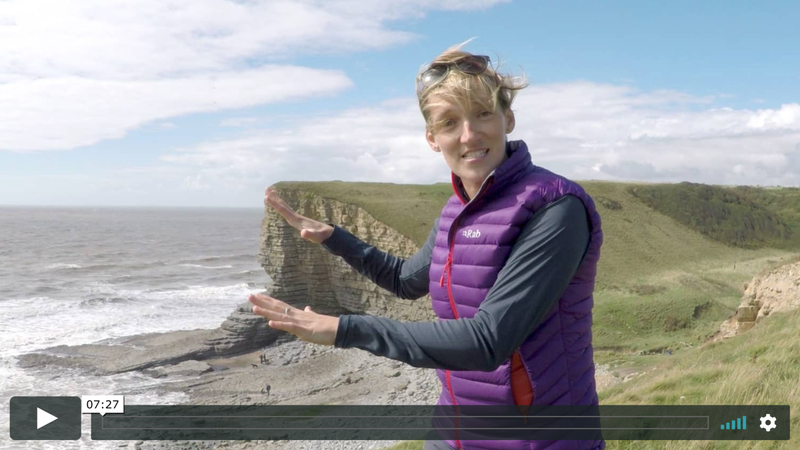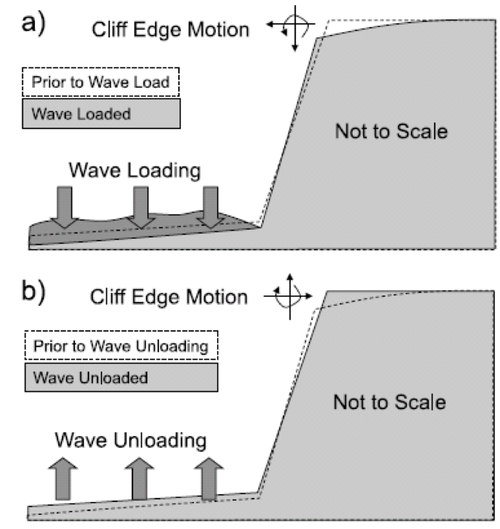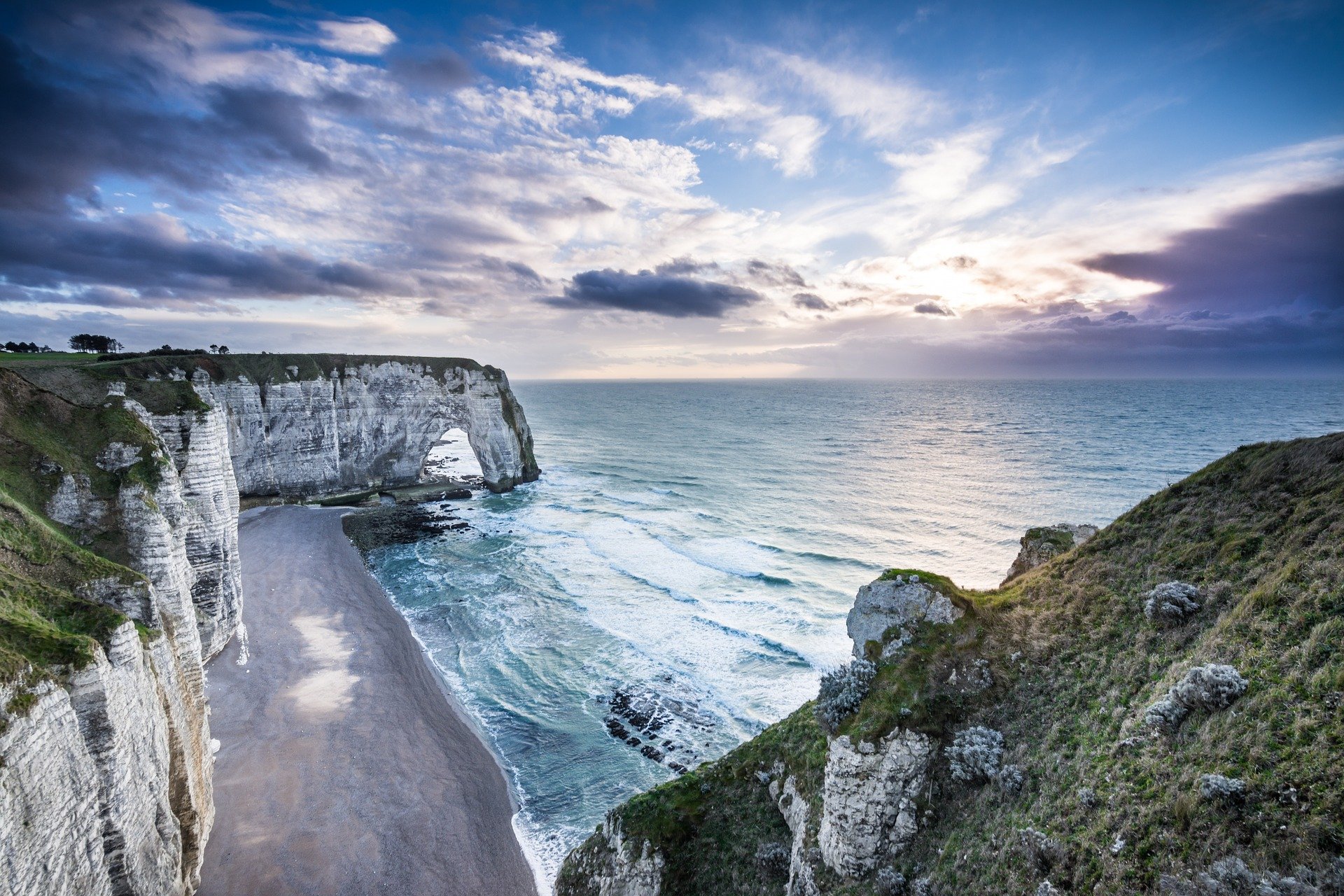At the cutting edge of geographical research, we are always learning new and exciting lessons about how our planet works! In this Research Spotlight video, we team up with Dr Claire Earlie from Cardiff University, to learn about the recent discovery that sea-cliffs sway during storms, revealing previously unknown ways in which the sea acts on the coastline.

Do sea cliffs sway during storms?
So why do the cliffs sway?
As waves roll up onto the wave-cut platform, the weight of water pushes down on the foreshore. The rock that makes up the coastline is slightly elastic, and actually bends under the weight of the water. This forces the wave-cut platform down, pulling with it the cliffs, which sway downwards and towards the sea. This is illustrated in the figure below.

Illustration of how the loading (a) and unloading (b) of waves on the wave-cut platform, causes the cliffs to sway (Diagram from Young et al. 2011).
Why is this important to understand?
Every year, around 3 million waves break onto the wave-cut platform shown in the video. That means that the cliffs sway down and back up again around 3 million times a year, and they sway much more during storms! For the rock that makes up the coastline, that’s a lot of swaying and bending, which may contribute to the growth of cracks and weakening of the rock. Not only that, but this happens on coastlines all round the world!
Do we need to think about adding another process to our understanding of coastal erosion?
When asked what are the marine erosion processes?, most geographers will answer: hydraulic action, abrasion, attrition and solution. But this new research suggests that the motion of the ocean may begin to damage rock inside the cliff, long before the water reaches it. It is too early to say just how important this recently-discovered process is. But in the future, we may find that “wave-induced cliff motion” is an important factor in the combination of processes that erode coastlines around the world.
Where can you find out more?
New geographical research is published in academic journal articles. These are articles written by geography researchers and reviewed by other geography researchers, to make sure the research is good. The articles are then published to world online.
This research was published in the academic journal Geophysical Research Letters, and students who are interested to learn more can read the full article here in Earlie et al. (2015). Students might find the reading quite challenging. Don’t worry if you do; the paper is written by experts for other experts, so it includes some complicated terms. But it is a good insight into the sort of geography you might learn more about at university.
References
Are you based at a research institution, and interested in boosting the non-academic impact and outreach of your research, by being featured on Time for Geography?
Please contact [email protected].
